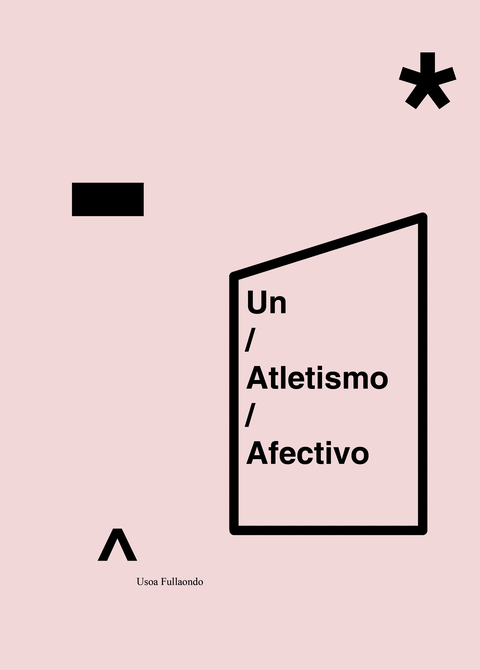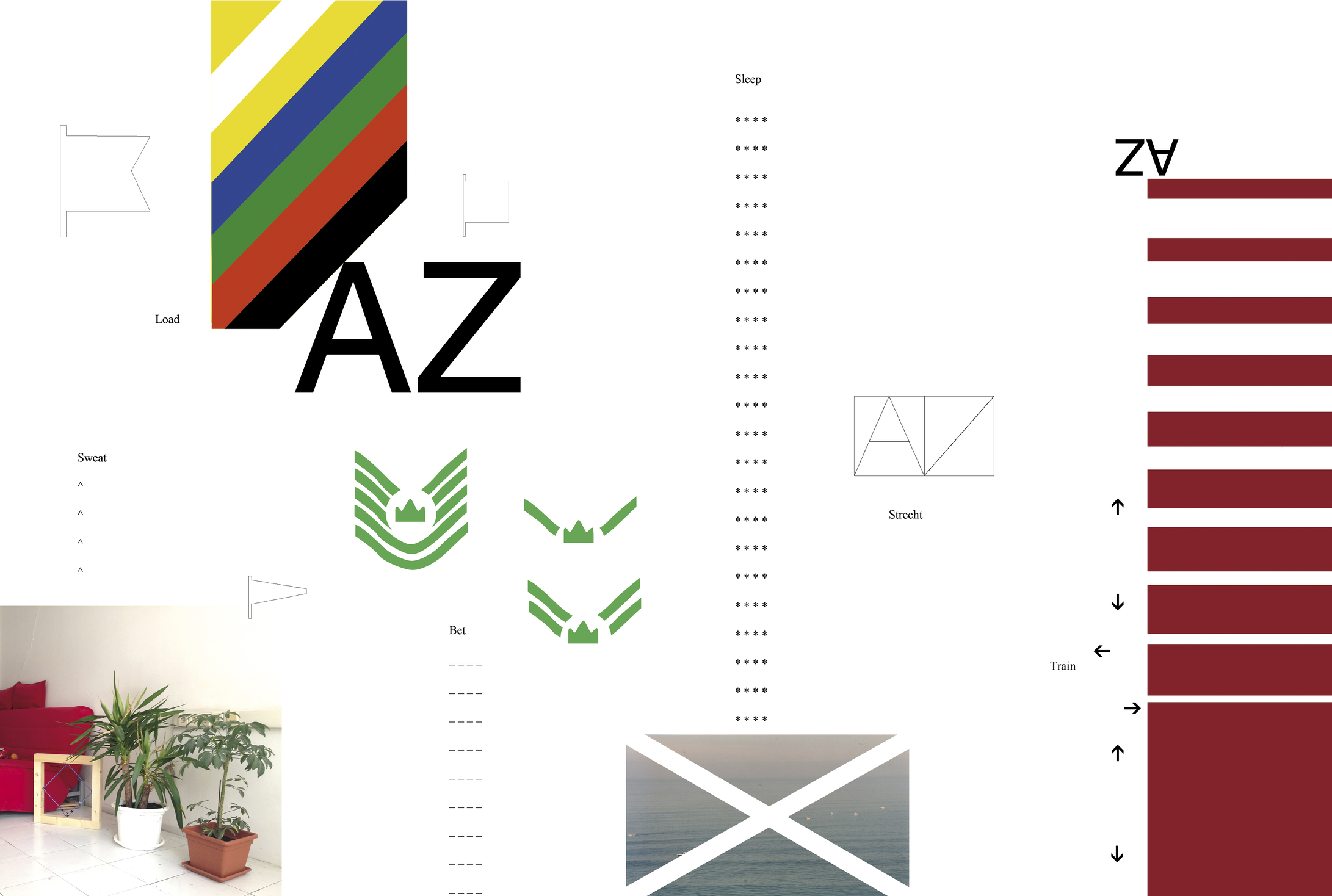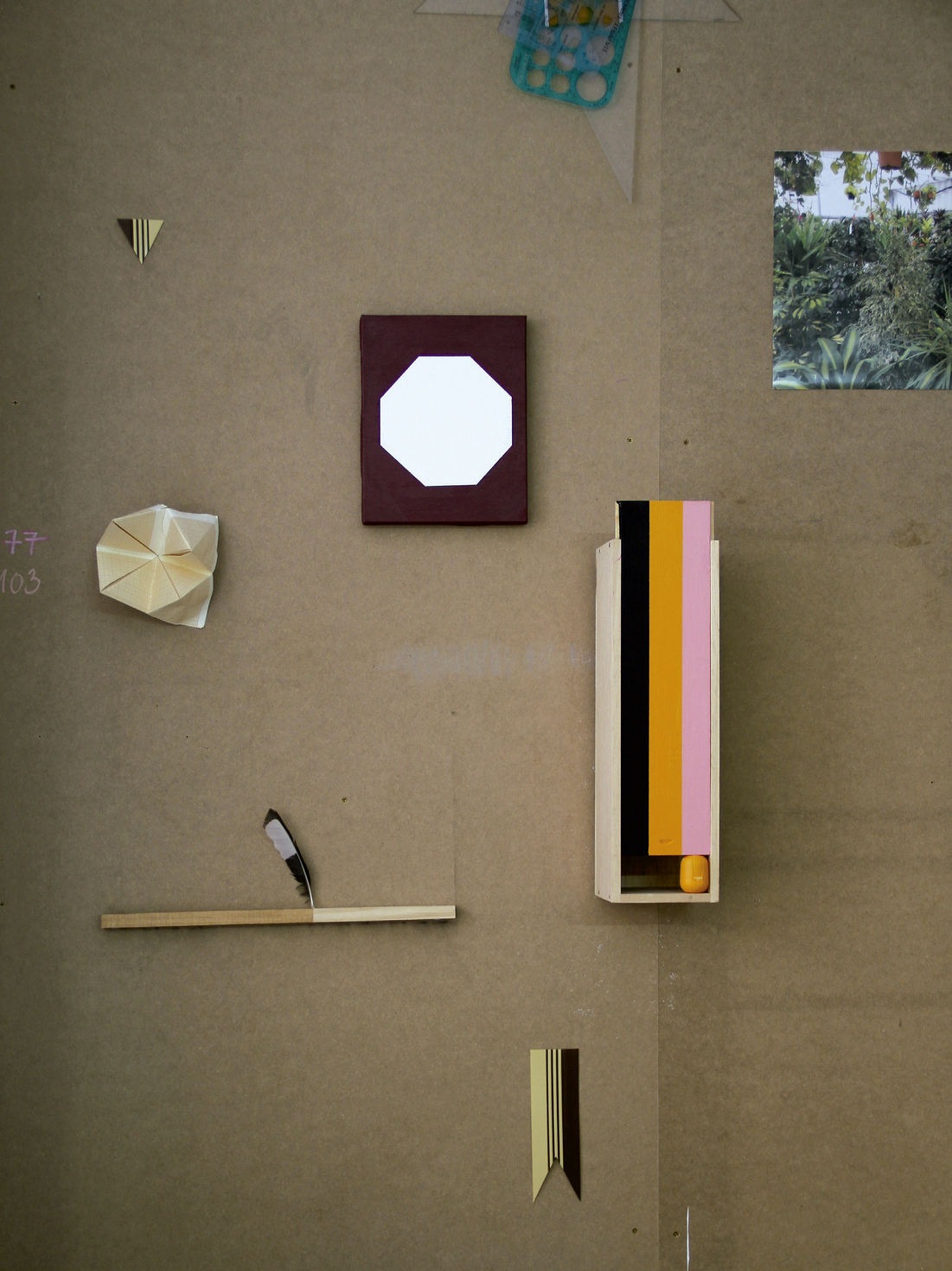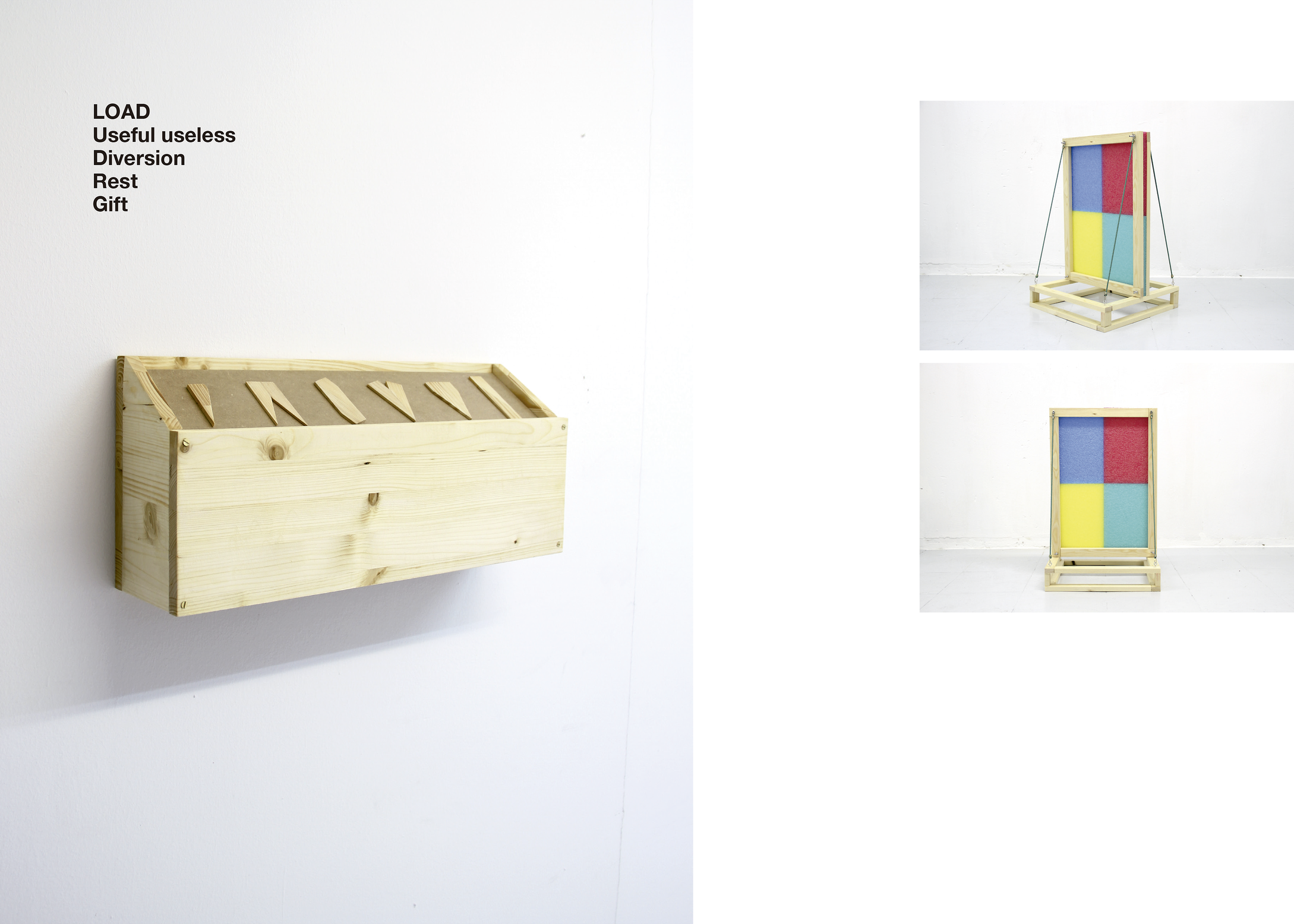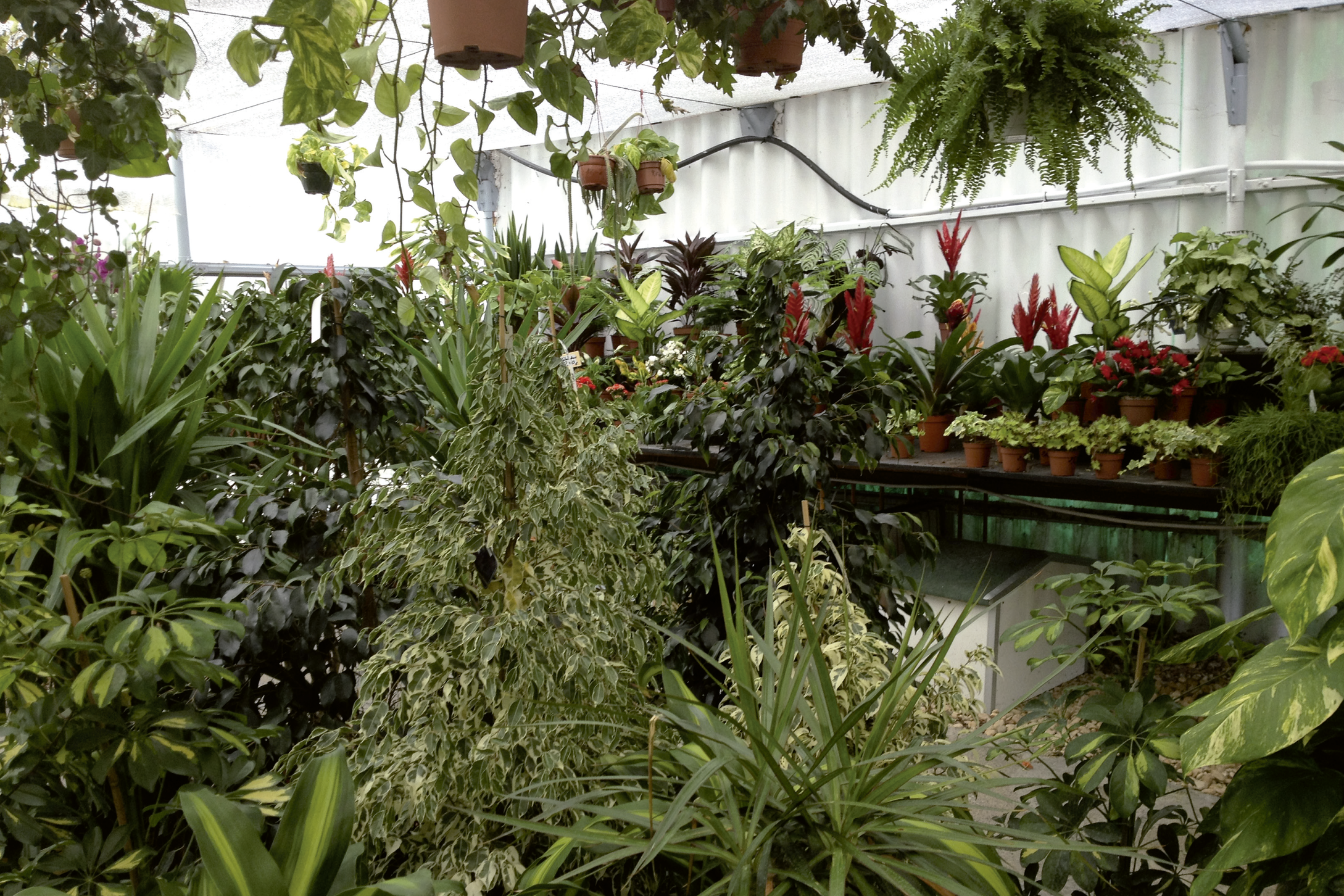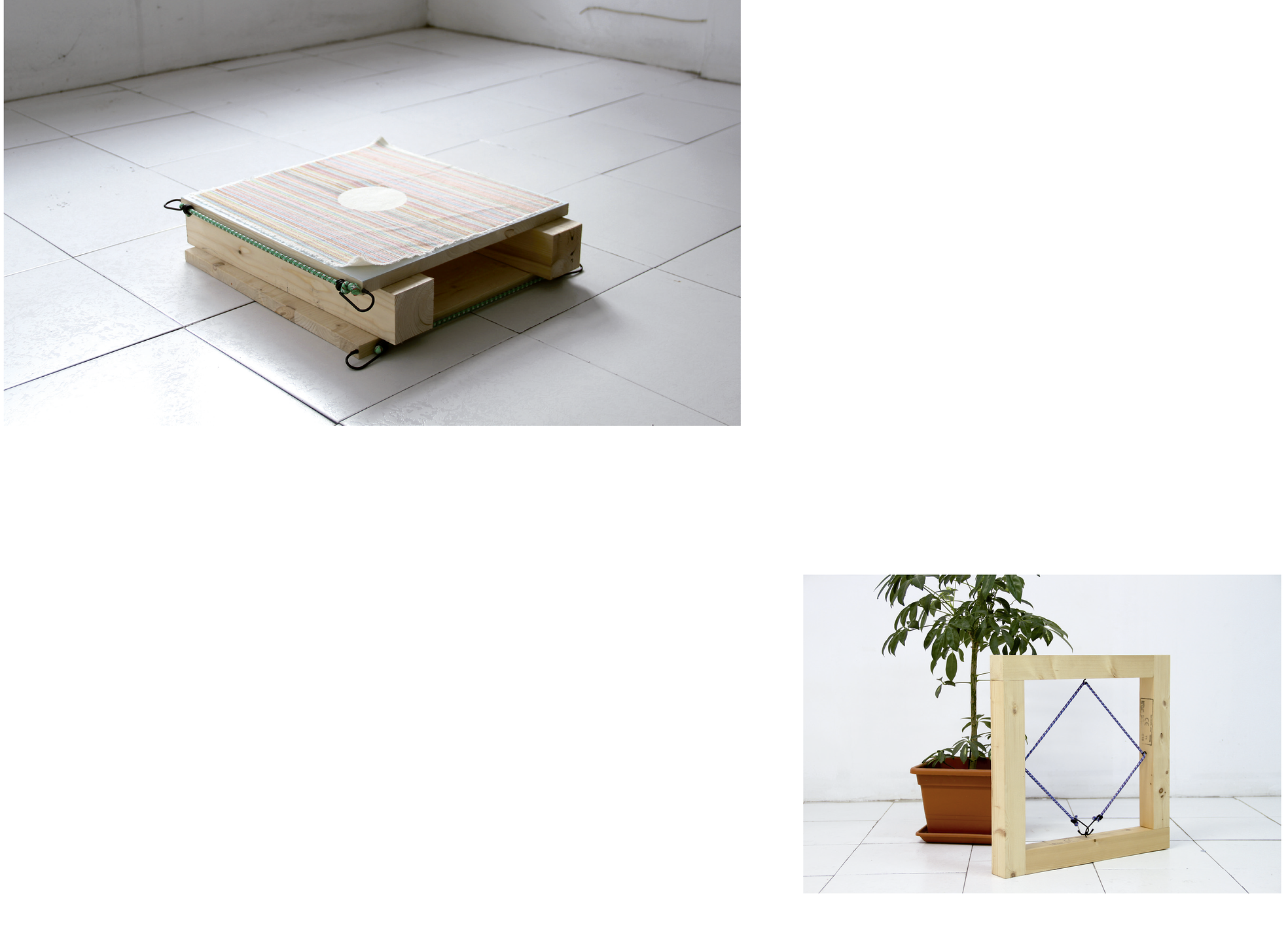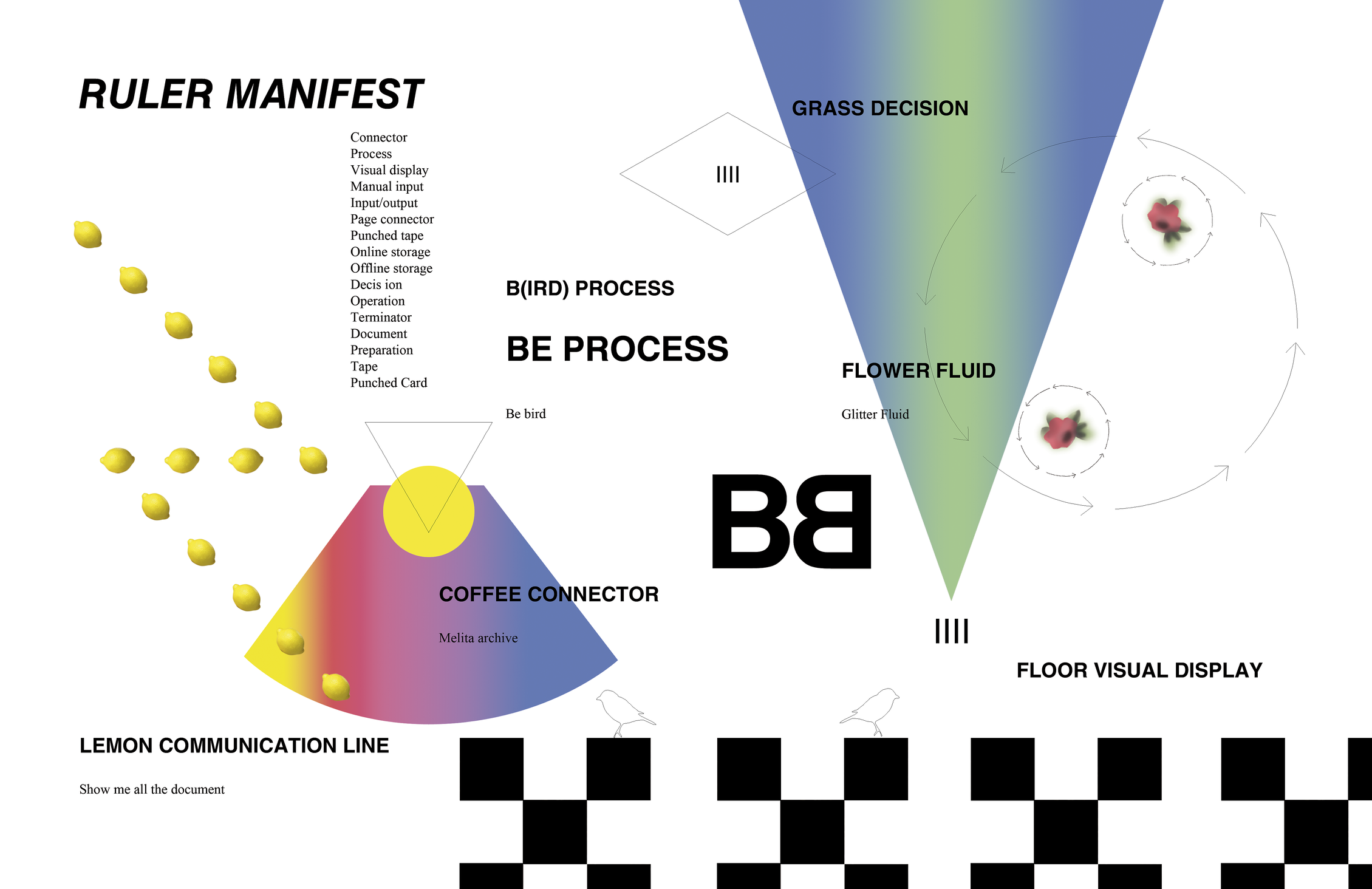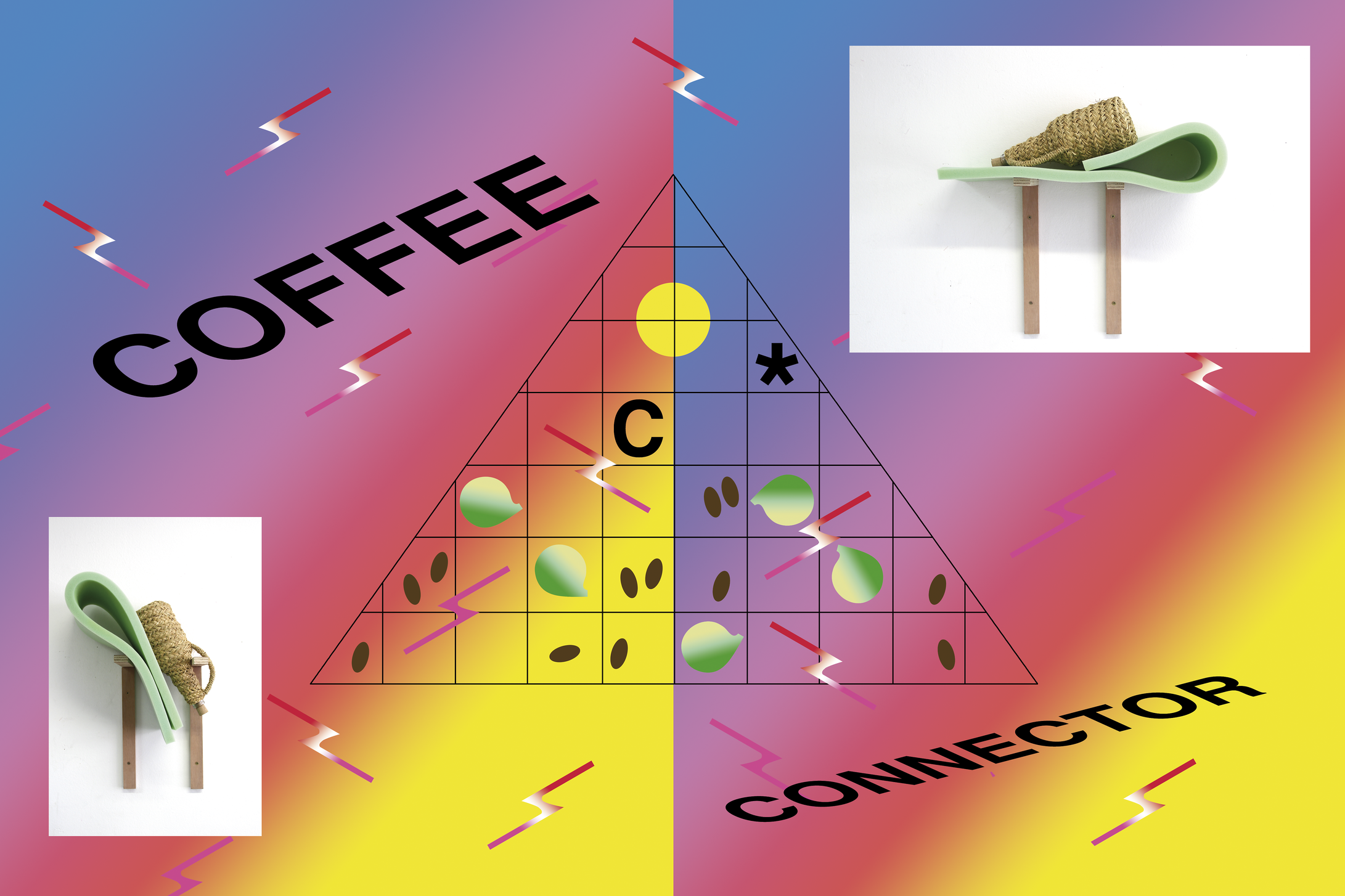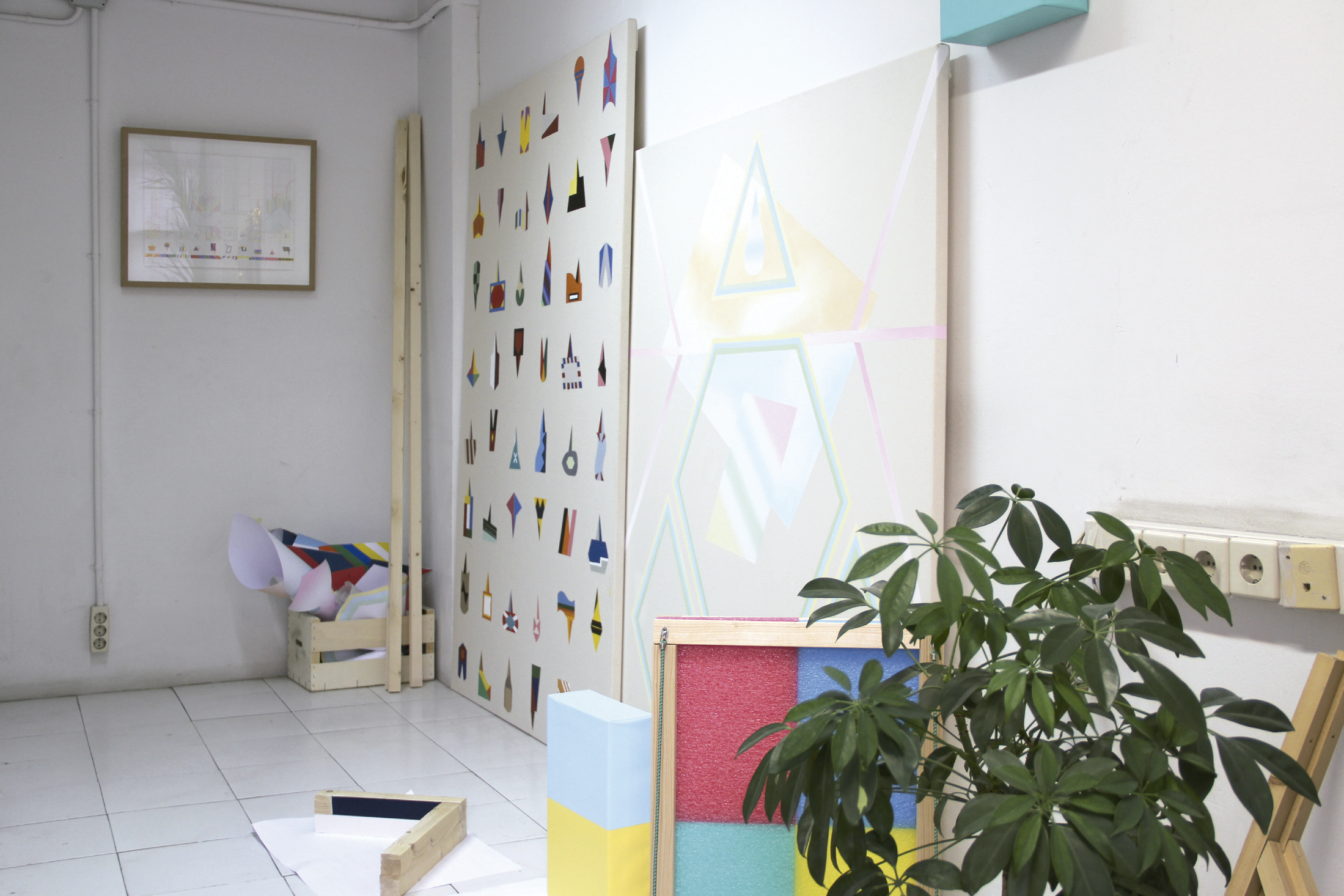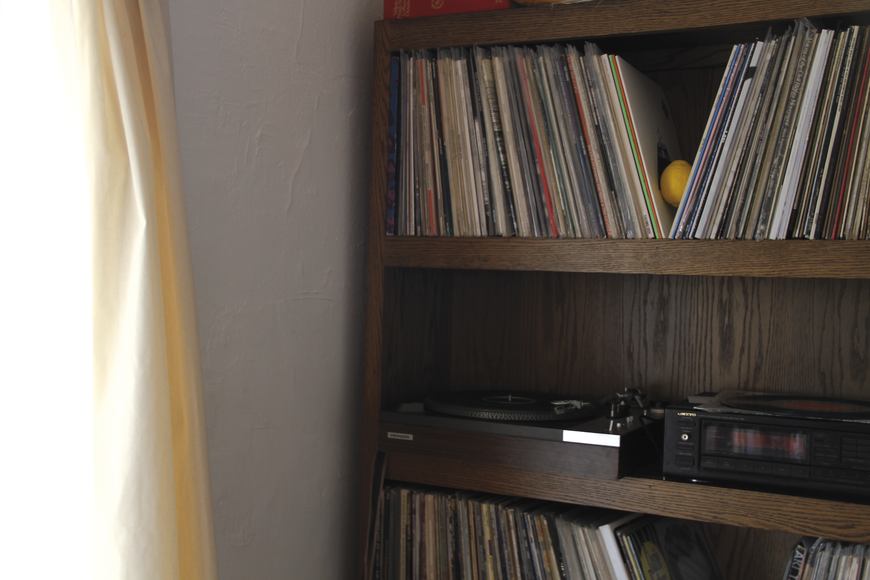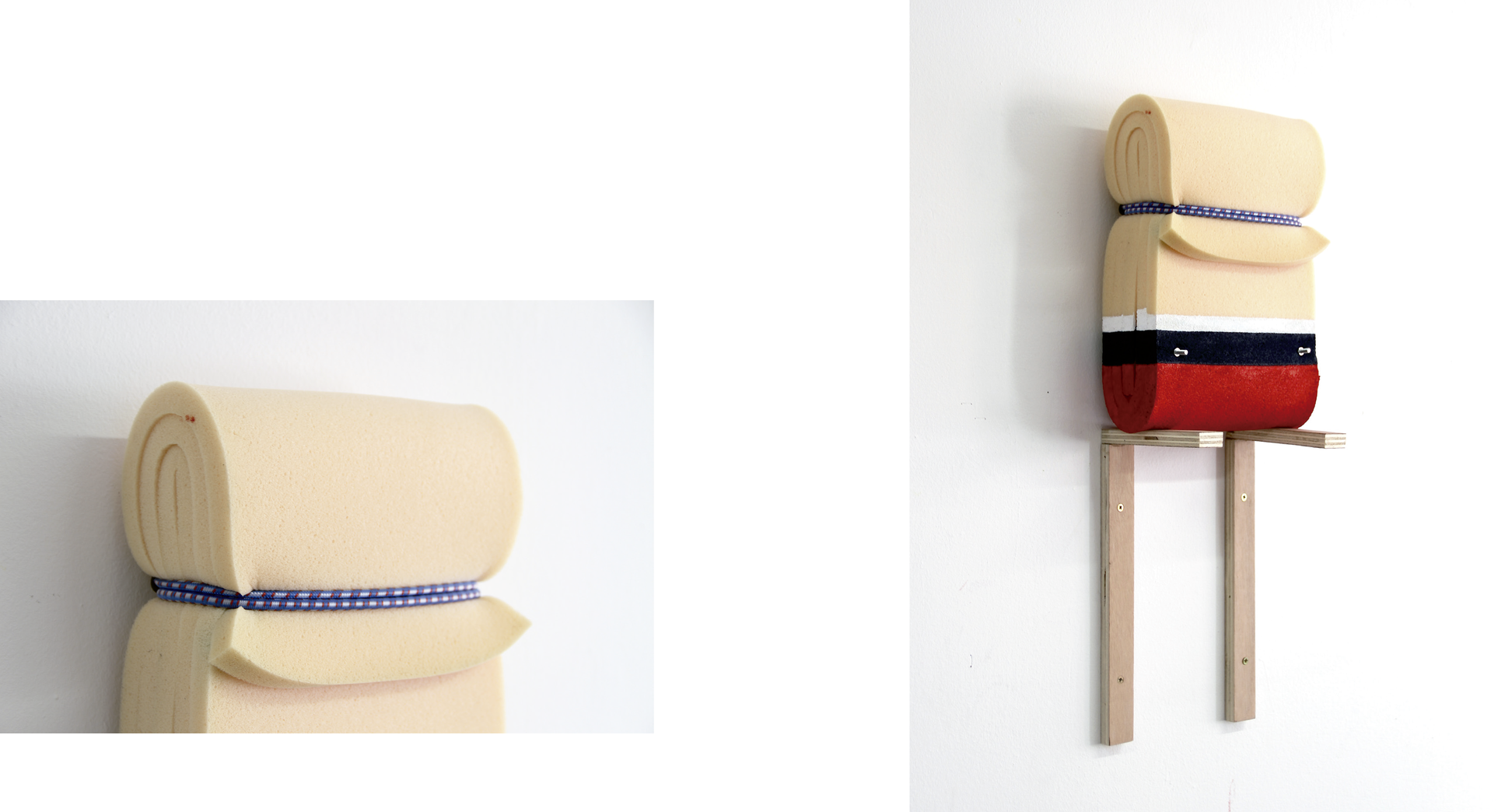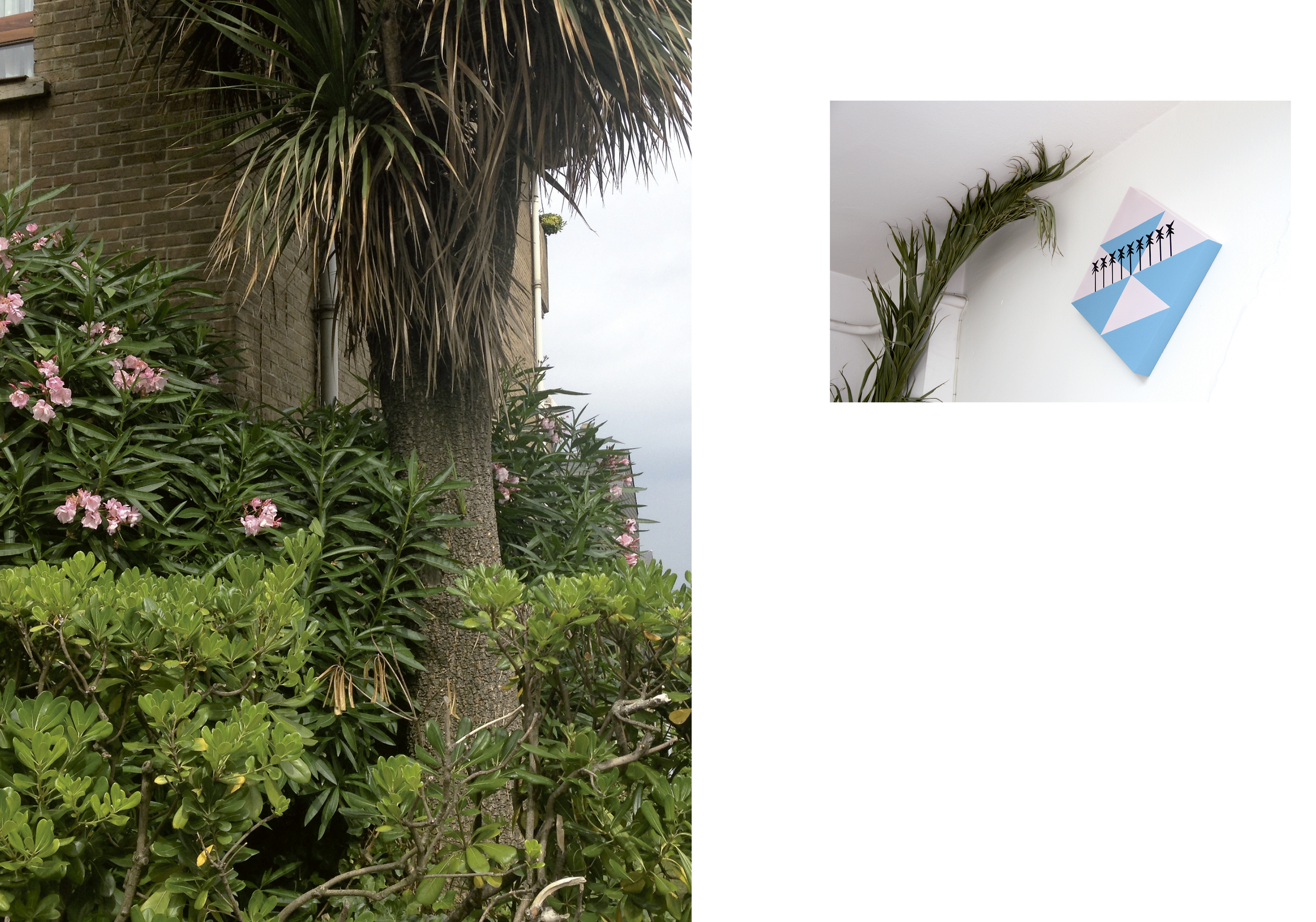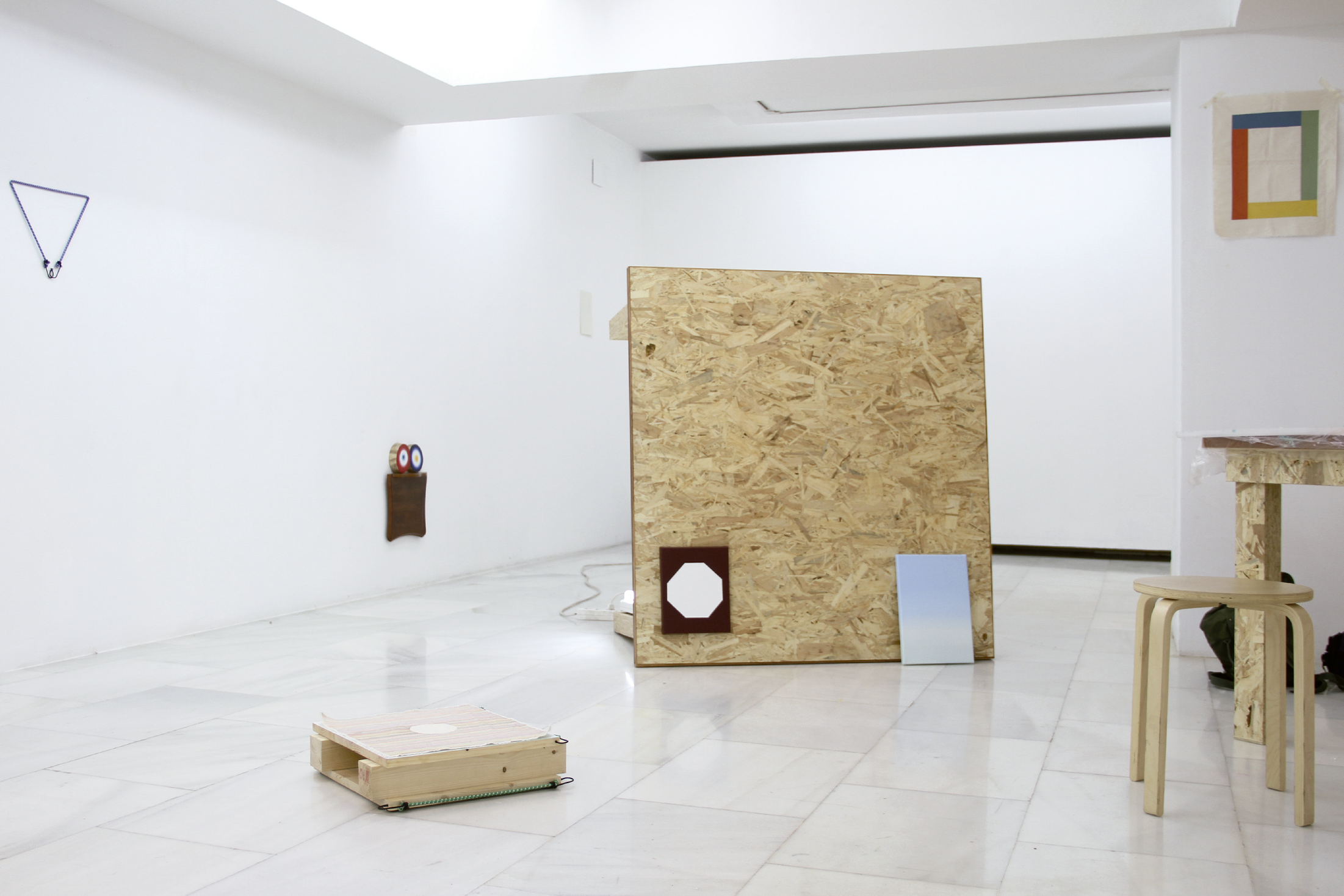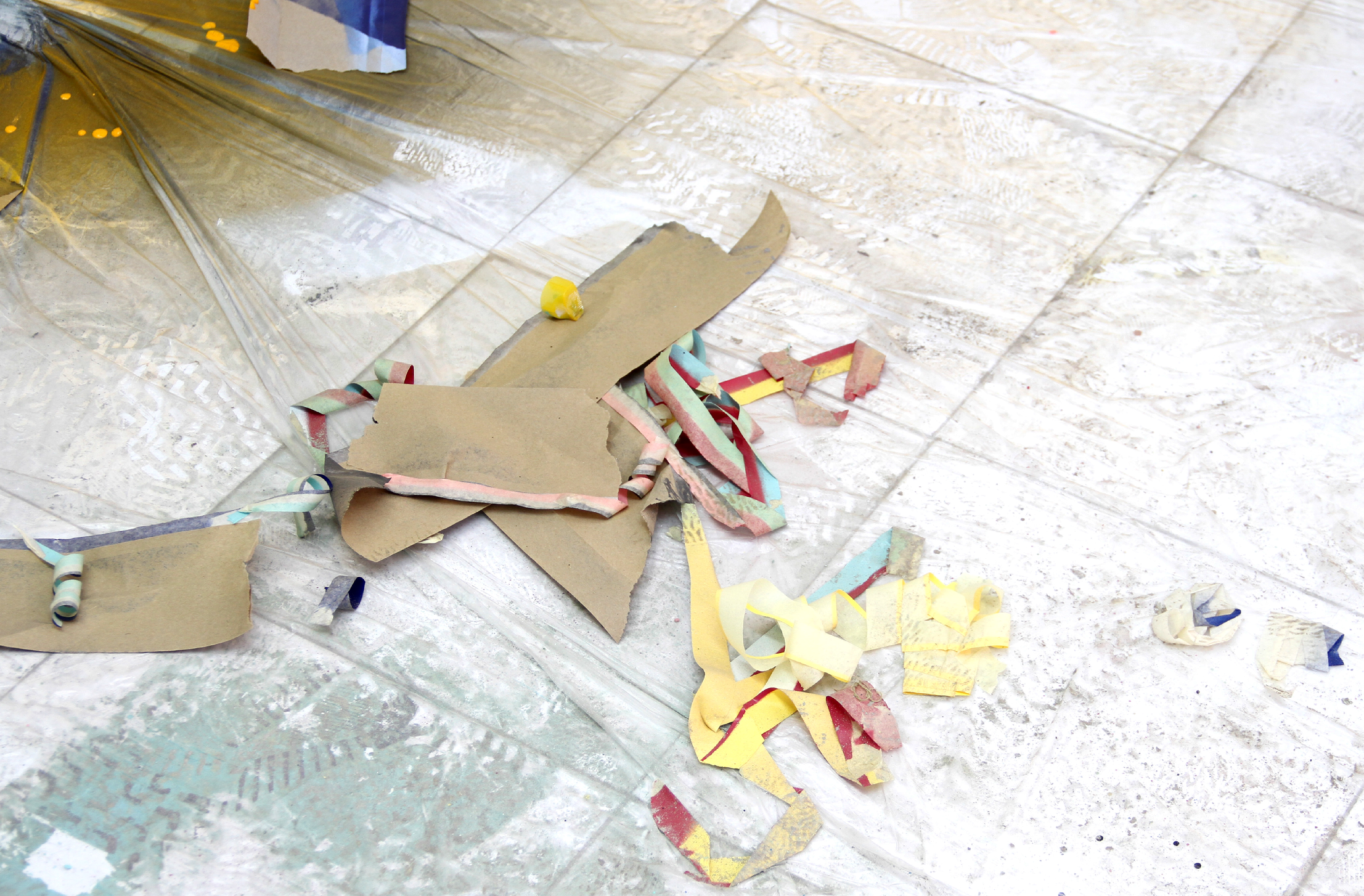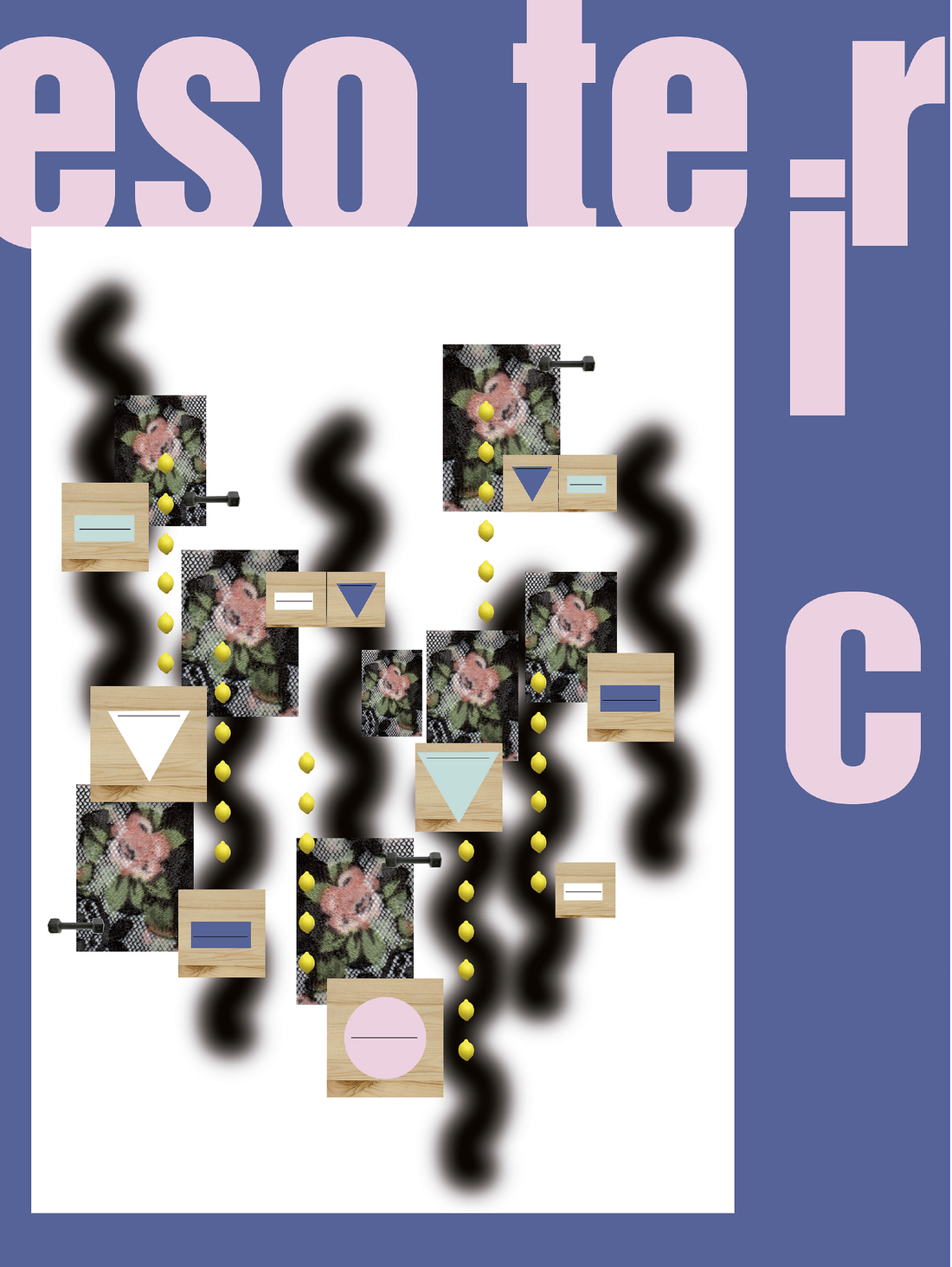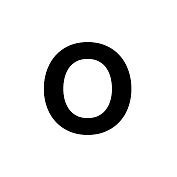Un Atletismo Afectivo is a 116-page book published in March 2016. Although the point of departure for the project was my creative process of the past few years, I attempt in it to show the attitude of the artist, a gaze and stance that derives from living artistically. This occurs through the experience and habit of running through a particular space: the pathway along the Galea cliffs in Algorta, Bizkaia. This experience is conjugated into artmaking and writing, both of which are conceived as practices which are practised. Both are playful ways of making and doing, in the sense that they do not seek a predetermined aim but the pleasure of experiencing itself through a desire to attach to a close, intimately lived landscape.
In this exposition, double pages of the book are displayed. They function independently as images, and their scope defies a linear logic giving way to a fragmented reading of the printed material.
Un Atletismo Afectivo stems from the analogy proposed by Artaud in The theatre and its double, where he defines an actor as a “heart athlete” [2]. He distinguishes “a kind of affective musculature that corresponds to the physical localizations of feelings”. The collection of essays in the book is an attempt to translate the bodily localizations, movements, tensions, and gestures of a runner to the actions of an artist and her daily situations.
Un Atletismo Afectivo is the result of a work process initiated in the summer of 2012; a manner of non-predetermined building that led to the emergence of pictures, objects, paintings, and installations from an atlas of banalities based on the relation between objects and affections. It included fragments of found materials, like foam and paper, and details of repeatedly-lived experiences singularised in the context of daily situations: having breakfast, becoming engrossed, running three or four times a week, sweating. Despite the tendency to value more recognizable and predictable grand gestures, the book emphasizes everyday actions, a practice which tries to open up a field in which minor gestures can emerge and dignify what would otherwise be banal.
This involves an active passage between ritual and rituality. While rituality is connected to repetitive practices that activate a minor transduction in the event (the morning coffee that opens the way for the day to begin; the arranging and cleaning of the studio before starting to work; the stretching before running), ritual is understood as the more formalized techniques passed on between generations that mark rites of passage in a given culture. Rituality, like ritual, enacts a shift in register that opens the way for new modes of becoming [3]. The construction of this book is an attempt to generate a process that opens the everyday object to its “more-than”, referring to Manning’s expression [4].
Load, train, go for it, sweat, stretch and sleep.
In the first part of the book, fixing the gestures that make up this everyday rituality occurs through the use of symbols referring to the Galea cliffs, the sea, maritime flags, the plant life that makes up the particular landscape, a greenhouse, and the act of running itself (AZ). Gradually, graphic manifestations of lemons, coffee filters, or flowers are added which allude to particular familiar experiences (Ruler Manifest). Representations of grids, pigment, glitter and geometrical shapes are linked to the previous symbols (Esoteric gym), making up a whole where rituality becomes manifest in concrete pieces such as painted canvases and assemblages of found objects, with a particular use of foam rubber and expanders. This process gives rise to different symbolic levels which are minimally represented in digitally designed posters.
Thus, the book gathers fragments of pictures, images, objects, texts by the author, tables, quotes, and photographs that attempt to show a live and open work process rather than a closed, specific project. There is always a sort of vagueness surrounding the making, an uncertainty that can be empowering if you realize that focusing on indeterminacy gives you a margin of manoeuvrability [5]. I understand this margin as Massumi does, as affect. This explains why focusing on the next experimental step rather than the big utopian picture isn’t really settling for less. It’s not exactly going for more, either. It’s more like being right where you are more intensely [6].
One must grant the actor a kind of affective musculature which corresponds to the physical localisations of feelings.
An actor is like a physical athlete, but with a surprising difference: his affective organism is analogous to the organism of the athlete, it is parallel to it, as if it were its double, although not acting upon the same plane.
The actor is a heart athlete.
The division of the total person into three worlds also works for him; and his is the affective sphere.
It belongs to him organically.
The muscular movements of physical effort comprise an effigy of another effort, their double, and in the movements of dramatic action are localised at the same points.
An actor relies on the same pressure points an athlete relies on to run, in order to hurl a convulsive curse; but the actor’s race is driven inward.
All the tricks of wrestling, boxing, the hundred-metre dash, high jumping, etc., find analogous organic bases in the movement of passions; they have the same physical points of support.
Antonin Artaud, The theatre and its double [1]
[1] Antonin Artaud, El teatro y su doble (Barcelona: Pocket Edhasa, 2001), p. 147
[2] Ibid.
[3] Erin Manning, The minor gesture (USA: Duke University Press, 2016), p. 67
[4] Ibid.
[5] Brian Massumi, Politics of Affect (UK: Polity Press, 2017), p. 3
[6] Ibid.
Run on Monday. Walk fast, in a hurry. I look up and down the table before leaving.
Pick up something, a piece of refuse. Or an object that has been there for some time. On the table. I touch it and feel no repugnance. I stare at it. My palms sweat. And if it’s summer, even my shins sweat.
Run on Wednesday (one day yes one day no, if not, my calf muscles cramp and I can´t sleep well at night). A tangled bramble blocks my view. Nearly always the sea. Along the length of a mild slope, an open space is larger or smaller depending on how high you look at it from.
I never stretch after exercise and this is why I always suffer from accumulated tension.
I remember seeing a brick that was slightly broken. Just a bit chipped on the corners. One of those large blocks with a pattern similar to the inside of an ordinary envelope, those used for elections. Vs, Ws. Loads of hills, like in Azkorri. Later, I get in the car and take the brick to the studio.
I go out running again on Friday. But I want it to be over the moment I close the door behind me. I've heard the same song more than 50 times over the past year. It's lost its initial meaning, like when you repeat a word out loud over and over again. I rejoice when my battery dies; I remove my headphones and listen to the birds. I recognize the male blackbirds. It feels like winter is coming.
I lay the objects I've collected out on the table. Everything can be transformed on the table; things move and nothing is final. Oh well! Varnished graph paper. A gift. I do a brainteaser.
It is important to address the distance between the pieces. And their orientation. I can't stop myself from liking the wall and hanging things on it. It has a lot of dignity. A new background appears. The plant inside the studio grows really fast. From 77 to 103 cm in four months.
Laida. I love your English! Coffee Connector, Lemon Communication Line... I love it! It is surreal and total science fiction... But all straight from the kitchen!
We see you thinking, running and working, and yes, it does seem like moving house, from one place to another with household objects that are taken to pieces and put back again. A bit of a tropical hotel lobby as well, imagining other places from the coast, looking down at the sea and faraway places.
Usoa. Why did you give me that crazy jug? It looks like it is going to fall yet never does. Plus, if it did, it wouldn't break.
Laida. Well, I saw it and thought it had a formal humour to it, and that you'd understand. That it was like a silly joke. We speak about functionality and the lack of it in your work, the tools that become sculptures, etc.; the feeling of being in between two things at a linguistic signifier level, useful or useless, etc. The jug is usable more than useful. It is a bit droopy, but more or less functional. You'll probably use it for wine or water in summer.
But it was interesting as an object. Why give things? There is junk everywhere, no one wants things. What would they do with them? If it is art, well, that’s another matter, but we never know what to do with them, so it’s okay. They take a physical form but they are ideas and thoughts, philosophical matters. Thinking about them intently dismantles our relation with objects at a personal, formal and economical level. I thought the jug would fall in this spectrum.
Once, talking about my films, I have mentioned that when filming, I strongly feel the physical presence of the objects . They become intense in colours and textures. They transcend. I liked the pitcher for its wide and hard plaits. I imagined the artist’s hands. An old man that continues o create objects. It's crude. I don’t know, why do we give gifts? To say, I think of you, I think about you.
Usoa. I would give you lemons but they weigh too much to post to you. Imagine the smell! Lemons are fantastic. And they have a lot of light.
I get bored of identifying objects by their function. I prefer to imagine them doing something dysfunctional, using them in an absurd.
It was windy and I found a palm leaf from a garden near the car. I hid it underneath as if scared that someone would steal it, even though I knew that this was absurd. I went back the next day, picked it up and took it back to the studio.
I have changed its place several times now. At the same time it occupies a different space, its imaginary use also changes. Sometimes it's a feather duster that disorganizes things and even breaks them instead of cleaning them. It leaves everything looking like a disaster. Plus, it’s huge and weighs a ton. You couldn't sweet with it, either. It's so tall that it seems that it has dislodged its neck. It's disproportionate and has lost its colour as time goes by even though it's always been next to the window. It's more yellow than green now. It cleans the ceiling or slides under it. It opens its legs. It is not pretty. It’s pleasant.
I would like to scatter black pigment mixed with glitter in a zigzag and then place some lemons in a line, making sure the distance between them is always the same. Create the hopeful anticipation of something important. All of it very ritual.
One of the small things that is important to me is foam rubber. It is a material that protects both treasured and new things. It is soft but not vulnerable, it affects me as much as light, wood and stone, and much more than metal. It gives me a chance to continue training. I keep in good shape that way. A circle that becomes a cylinder, that connects the rectangular process and that stores and uses what is common.
I use it to start building a grid. This has to do with beginning from scratch. And printed flowers are the peak of intimacy. I have just realised, it is what I must organise first.
Any heart athlete needs some dumbbells. Maybe that way I could tell a story.
